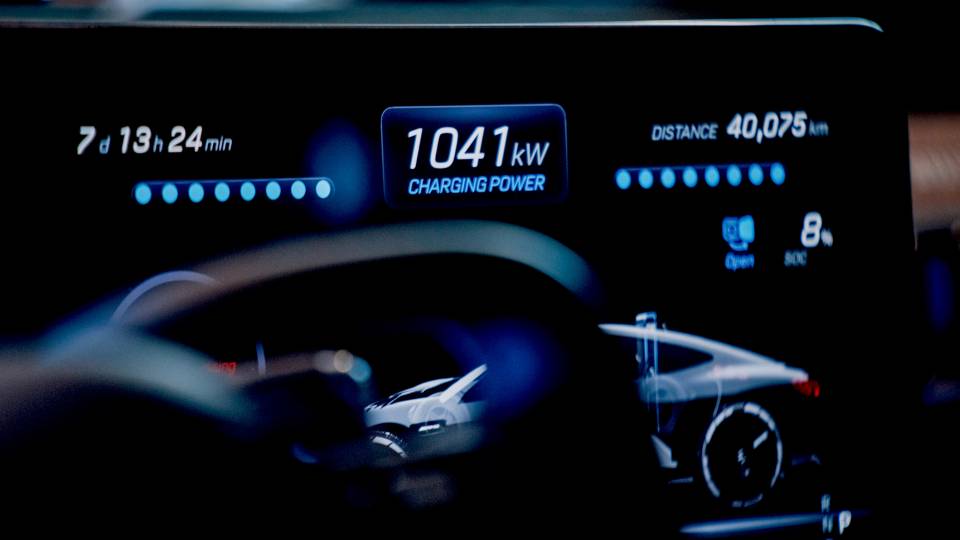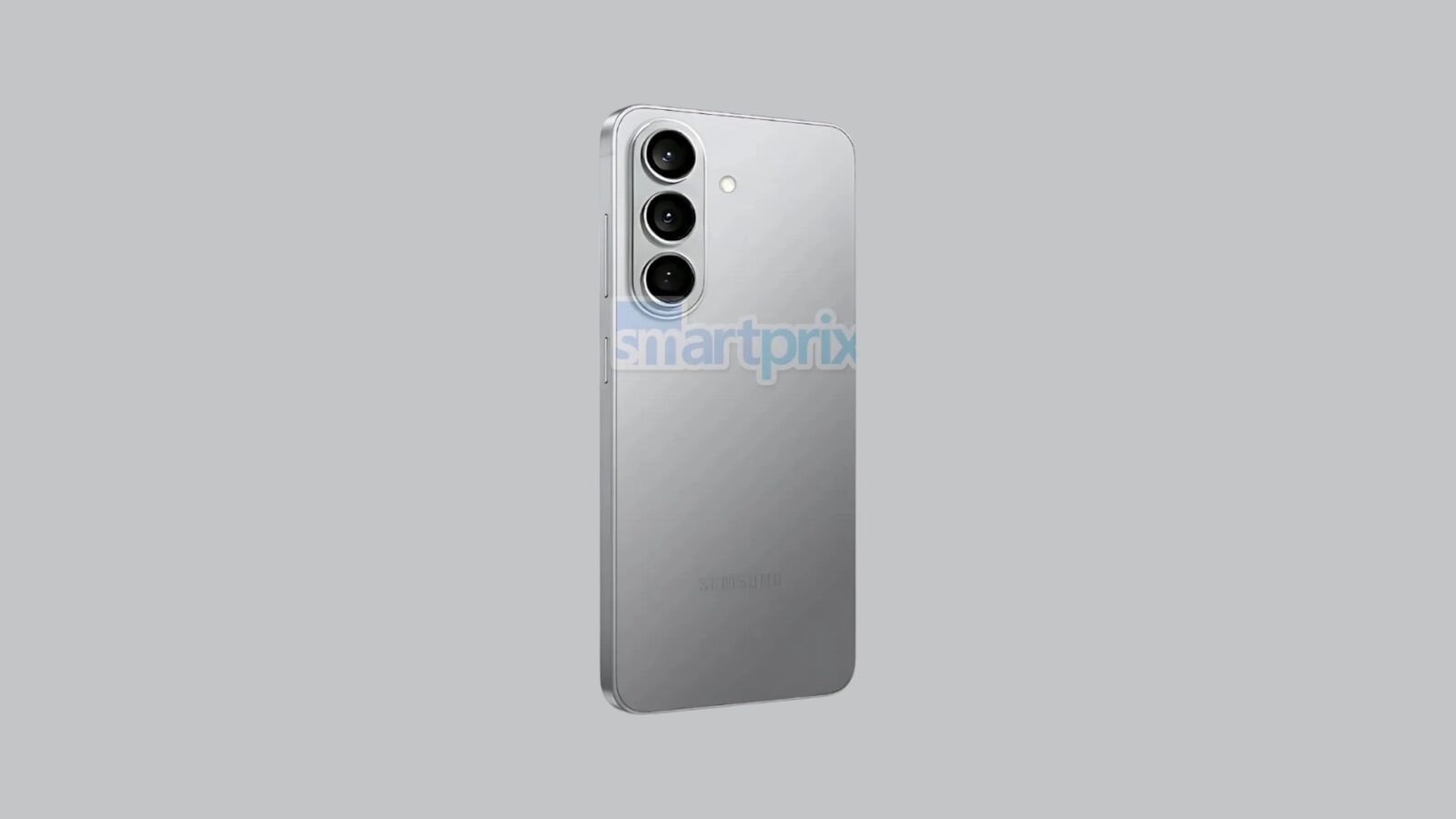I have to admit: I have never imagined that Huawei would reach the heights it has in the past few years. Of the many android vendors, Huawei has been consistently challenged with barriers, from an oversaturated market dominated by Samsung to brand perception. As the company stands now, Huawei phones have been consistently improving, offering consumers premium quality at an affordable price with little compromise.
The Huawei P9, with the Leica branding, sets the phone apart from the crowd on that merit alone, and for its intents and purposes, the association between Huawei with exclusive brands is certainly elevating consumer perception. But does the P9 truly live up to both brand names?
Aluminium Beauty
The P9 is Huawei’s most beautiful phone yet, and without a doubt one of the best looking phones on the market. It’s quite easy to fall in love with the P9’s design; the metal unibody is light yet firm, the bezel are perfect, and the corners have been expertly chamfered. The phone has been crafted with love, care, and attention, with the design direction for a phone you would want to hold and use. It’s easily what I love the most about the P9 – not that its other aspects are less inviting.

Emotion UI is back, and better
Huawei’s Emotion UI isn’t everyone’s cup of tea, and quite frankly anything that is not stock android is not my cup of tea at all. I’ve always been an advocate of HTC’s Sense UI, but Huawei has improved its EMUI to become my second favourite.
What’s good (and, for many people, bad) about EMUI is that it’s a complete overhaul of how Android looks. Rather than subtle changes in icons and menus, Huawei’s EMUI redesigns the whole interface from scratch, right down to the notifications. This has been the approach by many companies in the past to distinguish themselves from the crowd, and Huawei has kept true to itself while others have started to revert back to stock Android. Though I have mentioned that I prefer stock Android, Huawei has placed a solid EMUI on the P9.
That Leica Camera
Slapping the Leica brand on a phone has done its job: it has immediately taken the attention of many mobile photographers, which is the core target audience of the P9. Mobile photography has been a competition between Samsung and Apple, but Huawei is not a company that wants to be sidelined.
How good is it? It’s pretty good, but the Leica brand is mostly marketing; the truth behind the images lies in the processing logic of the images that Leica has helped Huawei in, rather than the actual cameras. Yes, plural.

The P9’s dual camera system is a strange one, but one that makes sense. One sensor takes the image in full colour, while the other snaps a monochrome image that registers more information and detail for lights and shadows, and the image processing creates a composite of these before producing a final image.
What this results in is an image with quite a high dynamic range. The P9 camera did not struggle detecting various levels of fog and foreground, without overblowing highlights or darkening shadows. In many instances where I was walking in a forest, the P9 managed to take in significant details of the foliage without compromising the fog and vice versa. This gave me crisp, beautiful images with enough detail to appreciate, making me remember the scene exactly how I saw it rather than only sections of it.


Images have strong details in them, too, whether you’re looking out in the distance on top of the mountain overlooking Zurich, or zooming in on a tiny snail to capture all the slimy details. The P9 hardly ever disappointed in both scenarios.
At sunset and at night, the P9 doesn’t really flinch, either. HDR mode kicks in in a subtle but good way for the former, and at night the camera is able to distinguish between the light sources, the sky, and other details to give you enough fidelity to work with.

Photographers who know their numbers would find something oddly confusing: the aperture mode. Though the camera specs indicate it’s an f/2.2, the camera app allows you go from f/0.95 and all the way up to f/16. What this really does is that the image is processed differently to create a bokeh, or depth of field, or as commonly known that “pretty blurry background” to isolate the subject. Anyone who has used a DSLR would immediately recognise that this is software emulation rather than any physical changes in aperture, or some Lytro-like science. The background will blur to the intensity you desire regardless of the distance from the subject, which is unnatural. It works best when you’re doing portraits, but landscape scenes look rather weird at f/0.95.
The camera software is pretty good at identifying your subject as a whole for the background isolation, but it often fails. If you’re sitting cross-legged for example, it’s very likely that the little bit between your feet or legs that’s showing the background will still be in full sharpness while the rest is blurred. It also happened a few times when there is extensive foliage; the software didn’t really figure out which branches were on the same plane of focus, resulting in odd looking photos. Leica and Huawei have done a very good job with the technology, and the results are solid once you understand the limitations.


The software itself is quite easy to use. By default it’s on auto, and you can quickly switch to pro mode to have more control over the ISO and aperture and other functions, but most likely you would be sticking to the aperture function (denoted by the aperture icon) since it is the one that gives you control over the depth of field for experimentation. When you take a photo in this mode, you have the freedom to choose your point of interest and depth of field (or blurriness) even after you have take the image. It’s a lot of fun to experiment with it.
All Good, but not the Battery
The P9 has so far seemed like a great phone, even if an experimental one, but one thing that does fall short is the battery life. Given how much I have been using the camera, the P9 would last me half a day before I need to charge it up again. Quite frankly, most of the phones I use would require a mid-afternoon charge, so I am not too bummed about the battery. It’s the achilles heels of technology, and no one has really managed to crack it yet. Even my iPhone 6s Plus battery life has shortened eventually.
A Phone You’ll Love
The folks at Huawei have outdone themselves with the P9. The phone is premium, and feels premium, and is easy to fall in love with. The biggest marketing draw is its “Leica camera”, and it produces really good images once you understand how it works and the limitations. The P9 is a phone that will grow on you and one that you will love, setting the pedestal quite high for its successor.
Video review in collaboration with Omardizer

























